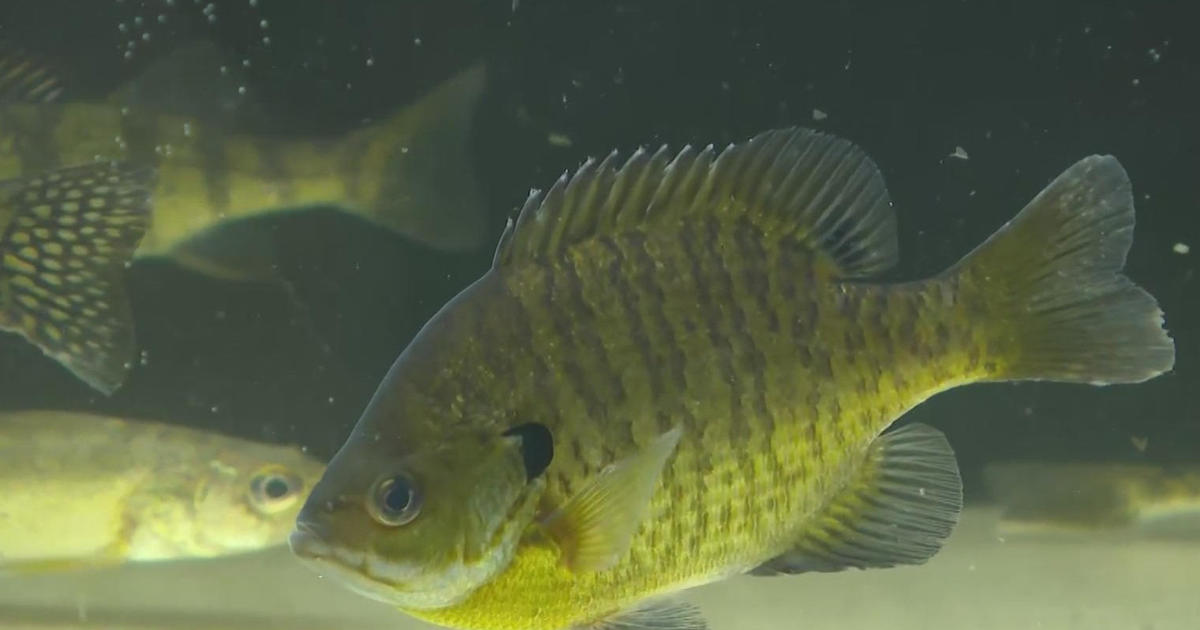Ancient gars studied at new University of Minnesota lab in hopes of unlocking secrets of longevity
MINNEAPOLIS — Gars are some of the oldest and strangest-looking fish you'll find in Minnesota. And researchers at the University of Minnesota believe they may be able to help us fight diseases.
Dr. Solomon David recently opened the Gar Lab on the St. Paul campus. That's where the U and the Minnesota Department of Natural Resources are hoping to learn about why these animals have been around since the dinosaurs.
"The longnose is found from southern Canada all the way down to northern Mexico," David said.
It's one of many strange fish you'll find in the Gar Lab, though not all of these animals are native to our state.
An alligator gar David's crew found in Mississippi was 56 years old, more than eight feet long and it weighed over 300 pounds. And it's not even close to the largest alligator gar they've discovered.
"They're really survivors. They can survive in all kinds of different ecosystems," David said.
Which is why he and the DNR want to study gars in Minnesota. Unlike walleyes and bass, little is known about longnose gars in Minnesota. During his studies in the south, David learned these fish have adapted over and over again to all kinds of changes.
"If we think about things like climate change, we look at those populations in the south and how they respond to warmer climates. It might give us some prediction for how fish are going to be responding to warmer climates up here," he said.
But researchers said there are other benefits, too. Gar DNA hasn't changed very much over the past 100 million years, meaning they can correct DNA mutations.
MORE NEWS: Fewer fish and more algae? Scientists seek to understand impacts of historic lack of Great Lakes ice
"If we can identify what is keeping them the same and really correcting their DNA, we might be able to apply that to human diseases as well," he said.
So this year, they'll be tracking gars in Minnesota waterways. It's an ancient fish that could provide new information.
"Bowfin, shortnose gar and longnose gar. So those are top priority species for stuff that we don't know a lot of basic information about," he said.
The gar research the U will conduct this year also involves students from Michigan State and Yale.





